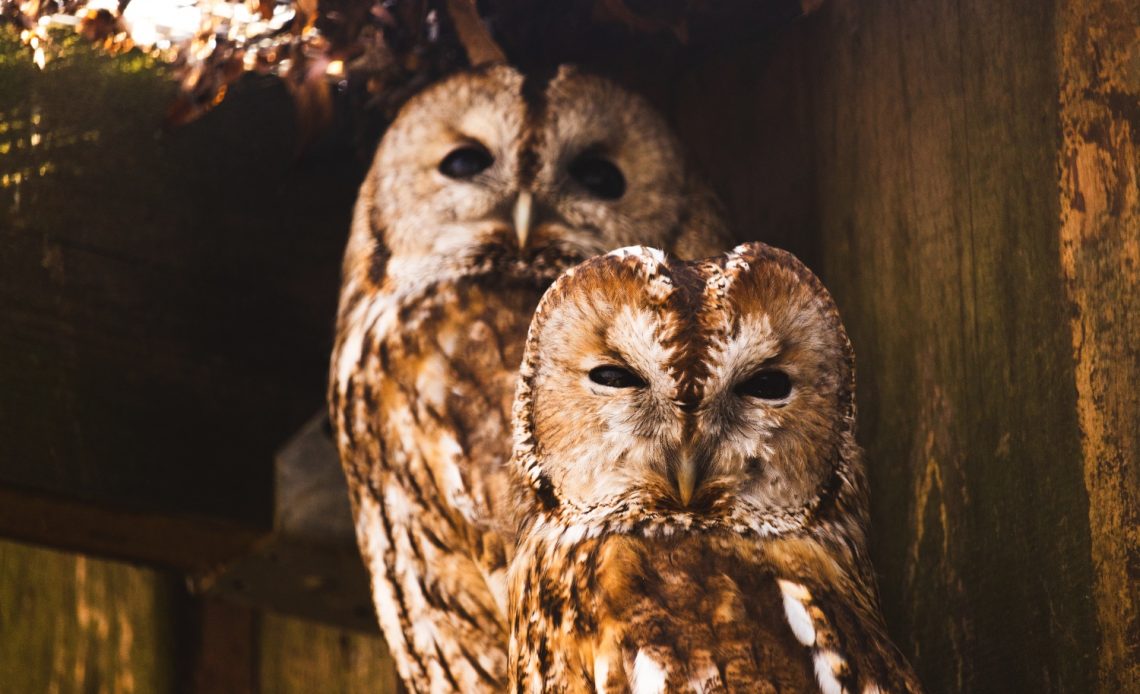

We’re here to help! Wild Yards is a completely free website that is 100% dedicated to helping you create a wildlife-friendly, sustainable yard. Read more
WildYards is reader-supported. When you buy a product through a link on our site, we may earn a comission. Every product is independently selected by our (obsessive) editors and our reviews are unbiased and objective. Read more about our mission or our privacy policy.
There are 19 types of owls in the United States. The smallest is the elf owl, which only grows 5.6-inches long, and the largest is the great gray owl, which can reach 33-inches in length. Yet, in spite of the immense size difference between owls, these birds of prey are quite similar in terms of behavior and habits. All owls are carnivorous, preying on insects, reptiles, and small mammals. And all owls hunt for prey using their excellent sense of hearing, their keen eyesight, and their sharp talons. But are all owls alike with regard to mating behavior? Do owls mate for life?
Yes, most owls mate for life. Barred owls, spotted owls, and eastern screech owls are content to stay with one partner throughout their lives, only finding a new mate if their first one dies. Female northern saw-whet owls may leave their original mates to find a new partner when food is abundant. Meanwhile, barn owls, may “divorce” their mates.
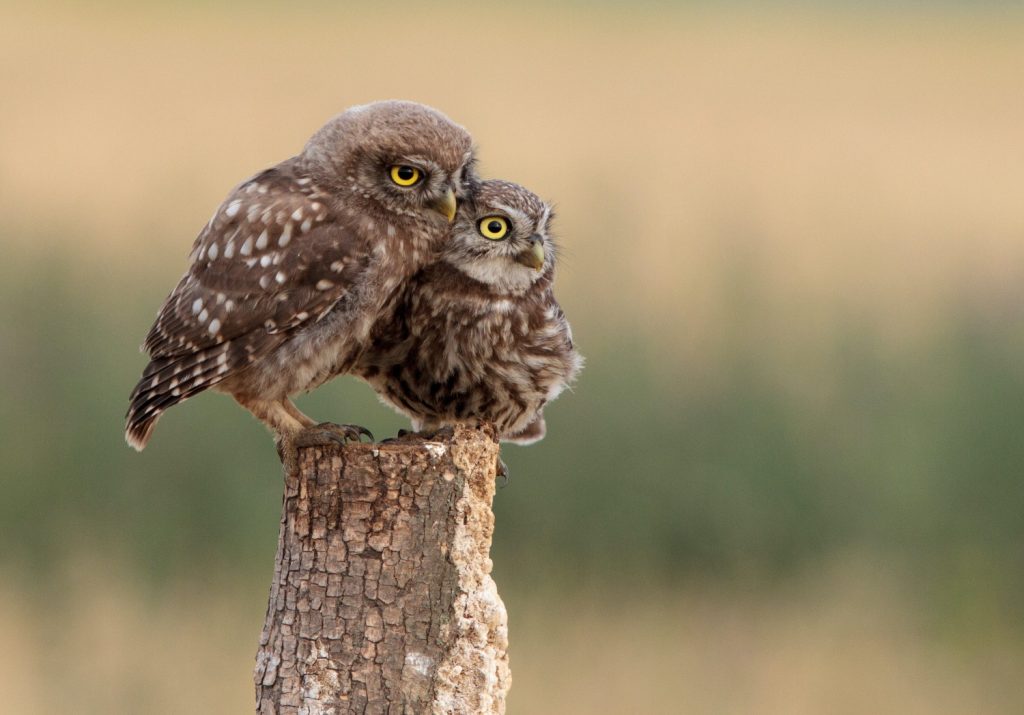
Do all owls mate for life?
Most owls are monogamous across the board. Of course, this is just a general rule of thumb. Because owls are nocturnal and wary of human beings, they can be tough to observe. So it’s hard to know exactly what their habits are.
Regardless of whether or not monogamous owls are strictly monogamous, these owls are known to search for new partners when their original mates die. They have to find new partners, otherwise, owl populations would suffer from a steep decline in a short amount of time.
While owls raised in captivity can live for 20 years or more, owls that live in the wild have a lifespan of 10 years or so. Owls are sexually mature by 2 years of age at the latest, they typically breed once a year, and most owls only have 2 or 3 chicks at a time.
So, under ideal circumstances, a mated pair of owls can raise roughly 16 to 24 owls in their lifetimes. However, some of their chicks may fall prey to predators or die due to insect infestations or diseases. Because Mother Nature can be a harsh adversary, owls must continue breeding to keep their populations up, which means owls who’ve lost their partners must search for new ones to keep the species alive.
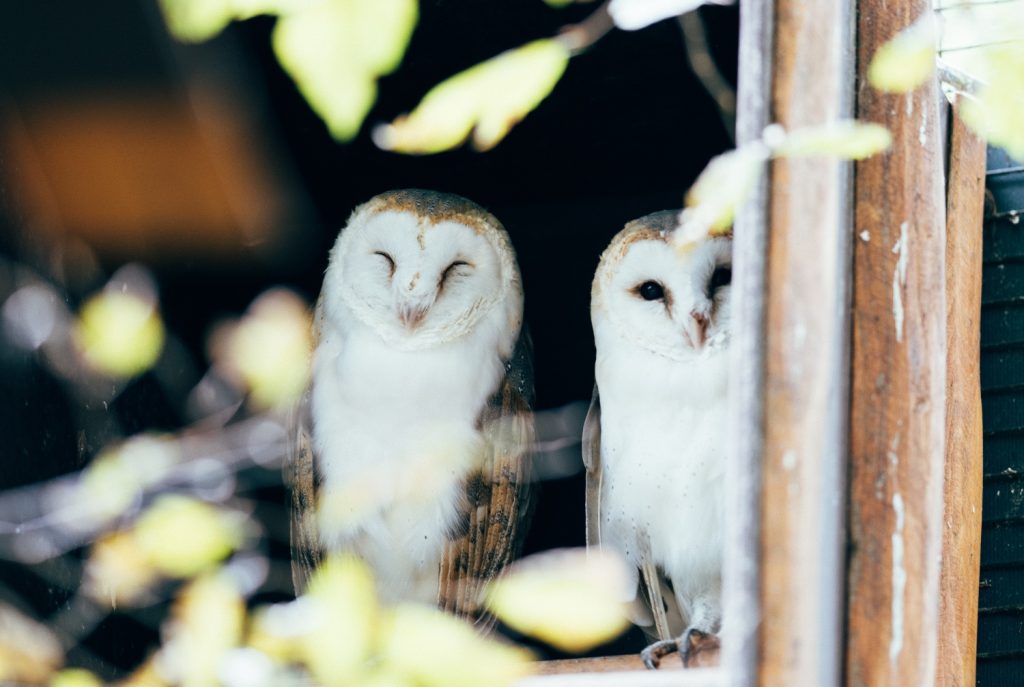
6 Owls that usually mate for life
Again, it’s hard to know for certain what owls do. Nesting box cameras have made a huge difference in researchers’ ability to understand many types of owls’ breeding and brooding habits. We don’t know if the following owls are 100% monogamous, however, they have been observed to practice monogamy consistently.
Barred owls
Large owls that measure 16 to 25-inches in length with wingspans of 38 to 49-inches, barred owls are highly territorial and tend to stay in the same area all of their lives. Most barred owls only travel within a 6-mile radius of their nests. Because they occupy such a limited region, and because they work hard to keep competitors at bay, it’s believed that barred owls mate for life.
Barred owls regularly use nesting boxes, as they provide an ideal nesting site. In captivity, these birds have been observed to be devoted to their companions. Males of the species work tirelessly to feed their mates during the breeding season, as females do not leave the nests for 28 days during the incubation period.
Eastern screech owls
Measuring just 9.8-inches in length at most, eastern screech owls are tiny members of the species, weighing only 7.8-ounces. These owls can be found throughout the central and eastern states, living in rural as well as urban areas. Screech owls prefer to mate for life, and make their homes in old woodpecker holes and tree cavities, coming back to these nests every year to raise their young.
Eastern screech owls are solitary birds. They only visit with their “spouses” during the breeding season, but once their young leave the nest, they spend less and less time together until the breeding season comes back around.
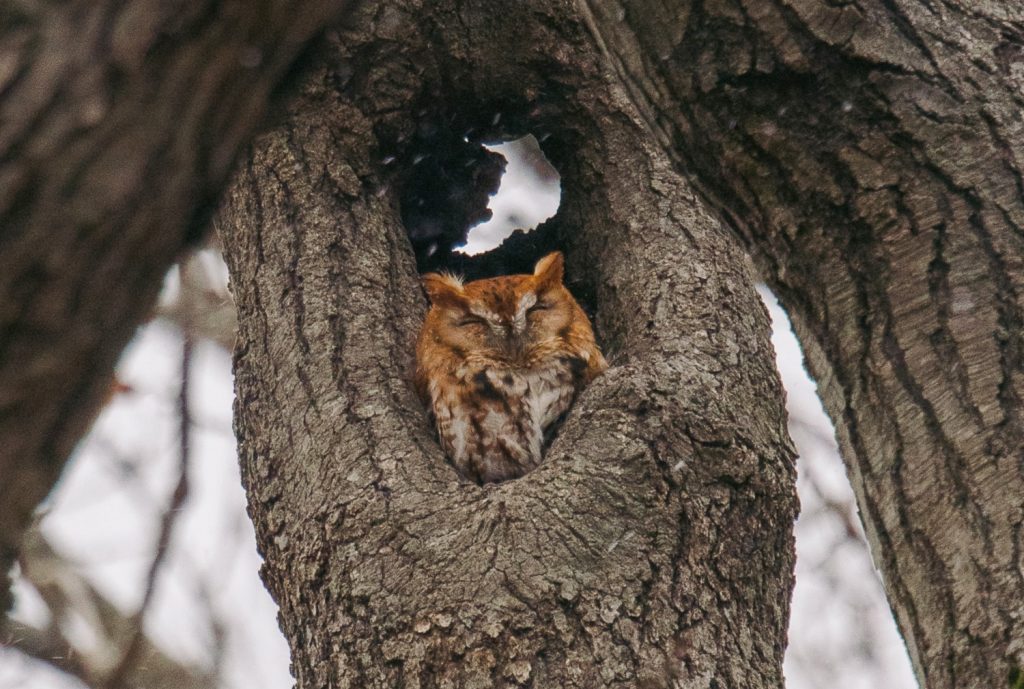
Elf owls
Their small size means elf owls have to stick together to stay safe. Elf owls migrate in large groups for protection, and although they mate for life, males and females will team together with other mated pairs to mob predators, including hawks, jays, and other owls.
Elf owl pairs remain close during the nesting season, a three-month period in spring. Males and females continue to hunt throughout the nesting period. Tiny chicks, measuring nearly an inch when they hatch, are ready to leave the nest in 10 weeks.
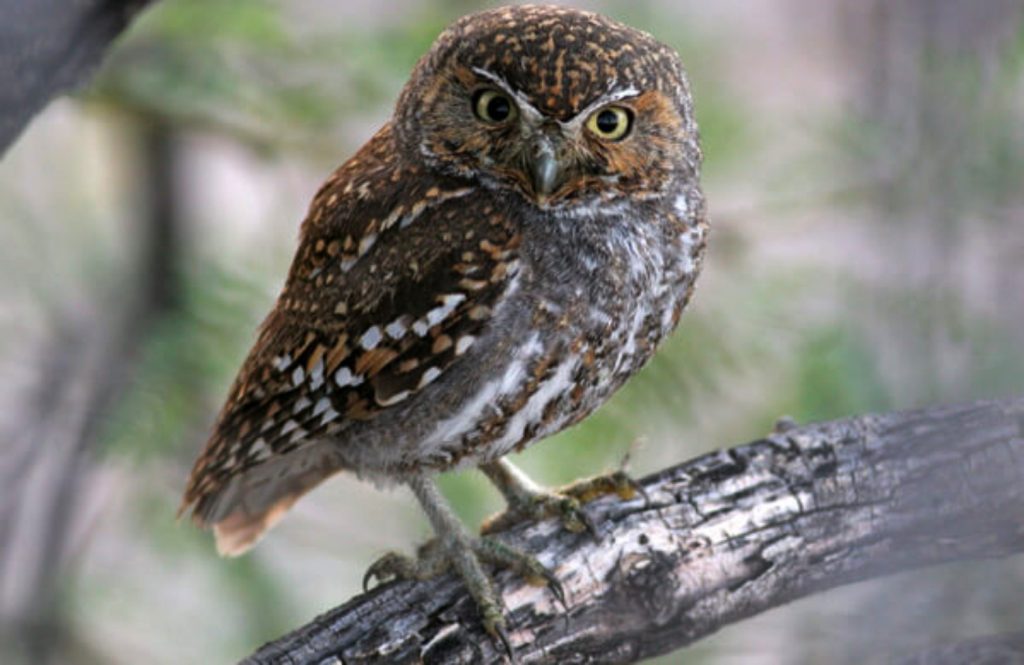
Flammulated owls
Similar in appearance to the western screech owl, flammulated owls are smaller, measuring 6-inches in length. Flammulated owls prefer to nest in tree cavities, where they typically raise 2 or 4 owlets per brood. Fledglings can provide for themselves in just a month’s time.
Flammulated owls are monogamous and form strong bonds with their mates. Males are territorial, chasing off competitors and predators. Mated pairs patrol their territories, and large uninhabited regions often occur in between territories, providing a space cushion for owl pairs.
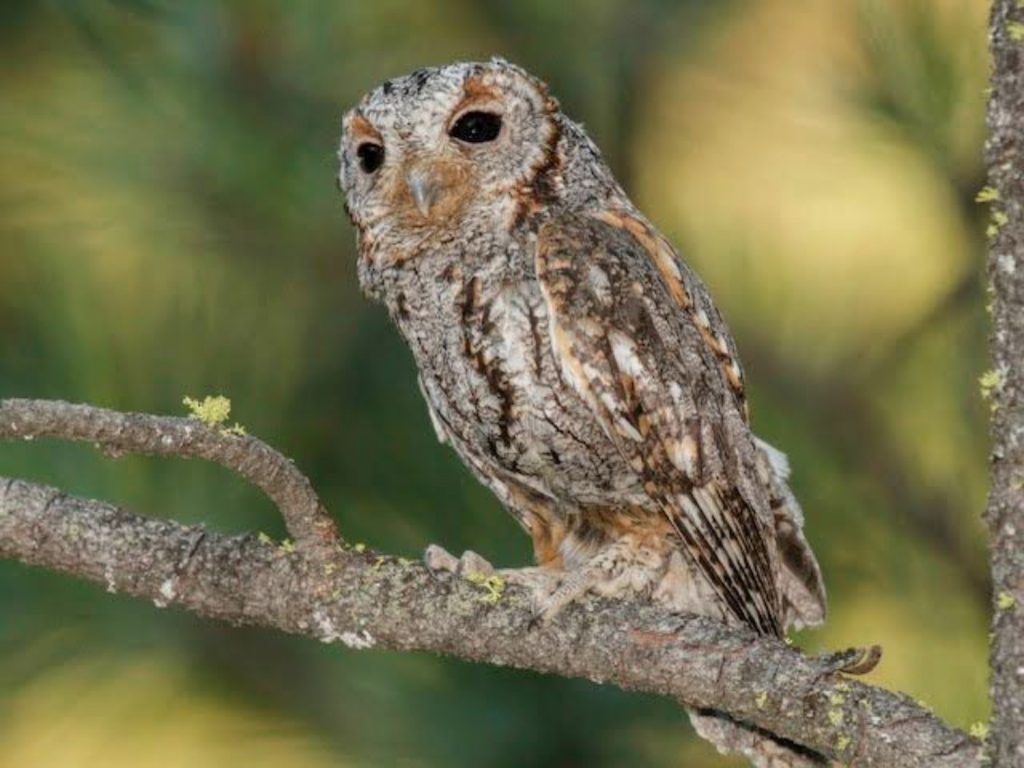
Great gray owls
The biggest owl in the United States, great gray owls breed earlier in the year than most owls, from March to May. Males do all of the hunting while the female incubates the eggs. Once the owlets learn to fly, at around 4 to 6 weeks, females begin hunting again.
Great gray owls mate for life, and although they don’t migrate, they are somewhat nomadic, moving to a new region as food becomes less available in their old one. In years when food is particularly scarce, great gray owls forego nesting until resources become more available.
Spotted owls
A near-threatened species, spotted owl populations are declining due to habitat loss and predation by other owls, particularly barred owls. These owls do not mate every year, and they do not attempt to raise a new clutch if the first one fails. However, spotted owls do live longer than most owls. Wild spotted owls have been known to live as long as 17 years, giving them a bit more time to procreate.
Spotted owls breed from early spring to fall. Females incubate the eggs for about 4 weeks, with males doing the hunting. Fledglings leave the nest at 3 or 4 months old and distribute up to 19 miles away from their birthplace.
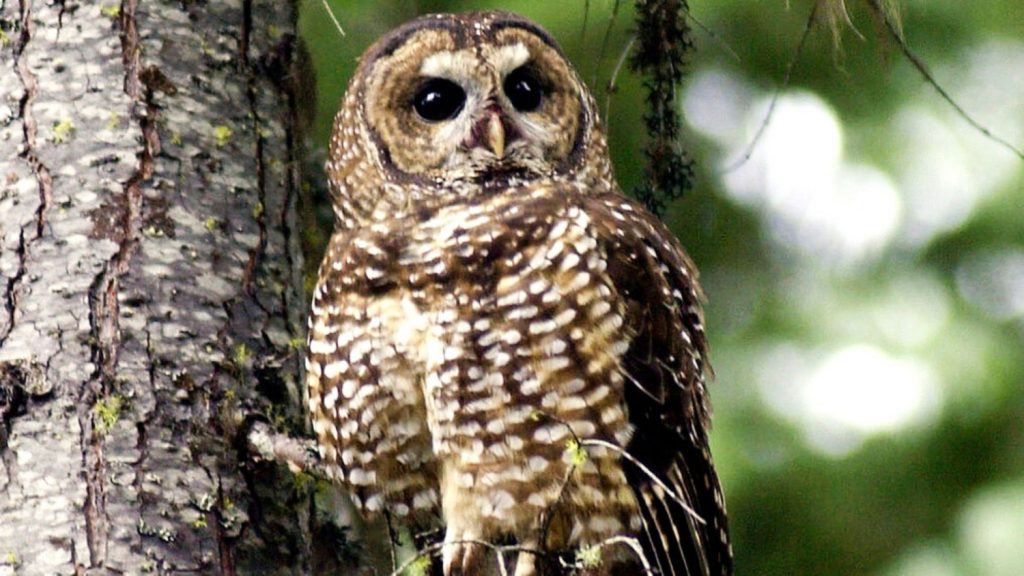
6 Owls that don’t always mate for life
Not all owls are as keen to mate for life as others. Some owls are monogamous for only one breeding season, while others have multiple mates throughout their lives. The following types of owls may display monogamy but have also been found to practice polygamy — and may even divorce.
Barn owls
Barns owls have long been thought to be monogamous. But, interestingly, about 40% of the time, barn owls will reject former mates to pursue new ones. These birds are far less territorial than other owls, forming loose colonies. So because it’s easier to find multiple partners, couples may “divorce”.
While barn owls do not leave their mates to find more attractive ones, they will pursue other partners in search of one that is more compatible. Owl parents must work together to raise their young. Baby owls require lots of food, but one parent must stay behind in the nest to protect them. If one owl parent is out of sync with the other, it jeopardizes the success of the brood. If a mated pair of barn owls fail their chicks, they may “divorce” to find new mates the following breeding season.
Burrowing owls
Unlike most other owls, burrowing owls prefer to make their homes in the ground, usually in old dens left behind by prairie dogs or ground squirrels. These owls generally mate for life, though males sometimes have two female mates.
Burrowing owls will fly to catch up to their prey and swoop down for a kill when necessary. However, because they nest on the ground, they spend a lot of their time there. This, coupled with their relatively small size (11-inches in length) makes them somewhat vulnerable to predators. These owls live in loose colonies for safety, usually in open, grassy regions. Burrowing owls are some of the few owls that collect materials to build their nests, including cow dung, to mask the scent of their owlets from predators.
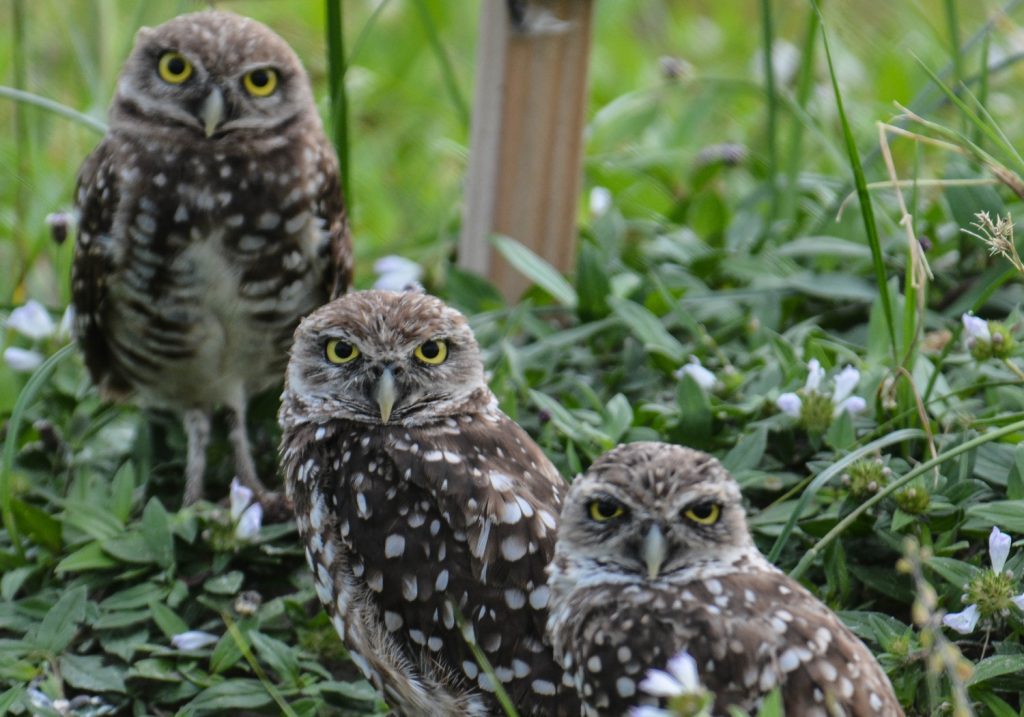
Great horned owls
It was once believed that great horned owls were strictly monogamous. However, males of the species have been observed to mate with two females during the same breeding season, a phenomenon first recorded in 2018. So whether or not a great horned owl is monogamous largely depends upon the individual.
Great horned owls engage in courtship in late fall and early winter, with males hooting and puffing up their throats to attract females. Males may try to win prospective mates over by bringing them food. They will also search for nesting sites, drawing their female’s attention to them by landing on them and stomping their feet. Great horned owls mate annually and engage in light courtship each year to strengthen their bonds. If you want to attract more of these owls to your backyard, try installing a nest cone.
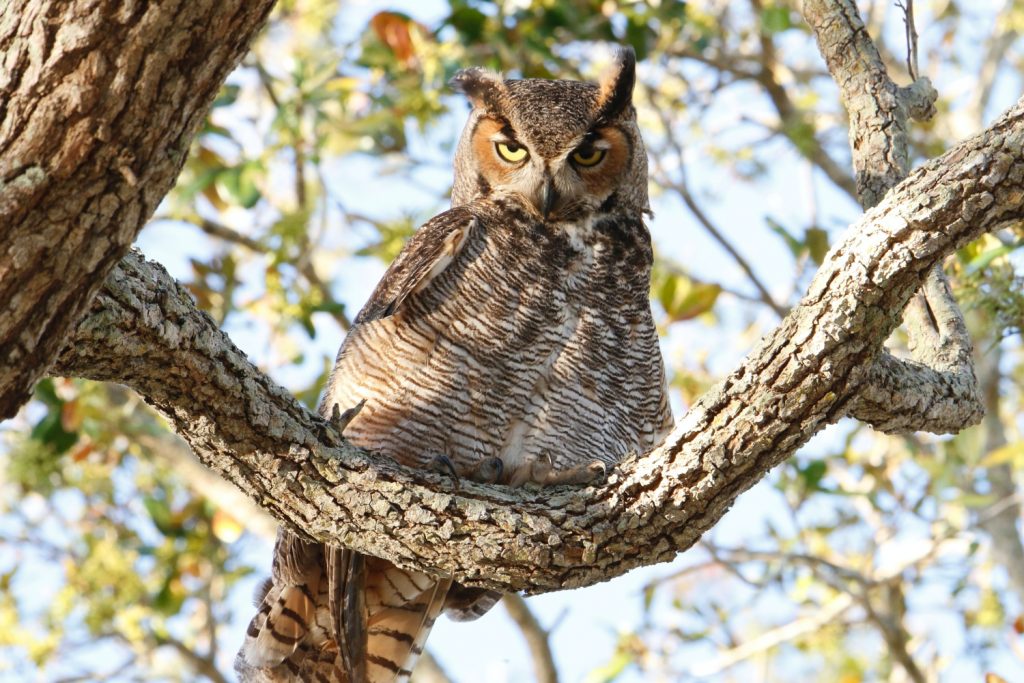
Northern saw-whet owls
Whether or not northern saw-whet owls remain monogamous depends upon how much food is available in any given year. In times when food is scarce, females will stick to their mates, and rely on their help when raising their young. But, when food is abundant, northern saw-whet females will leave their nests in the care of their first mates in order to pursue new partners and reproduce again.
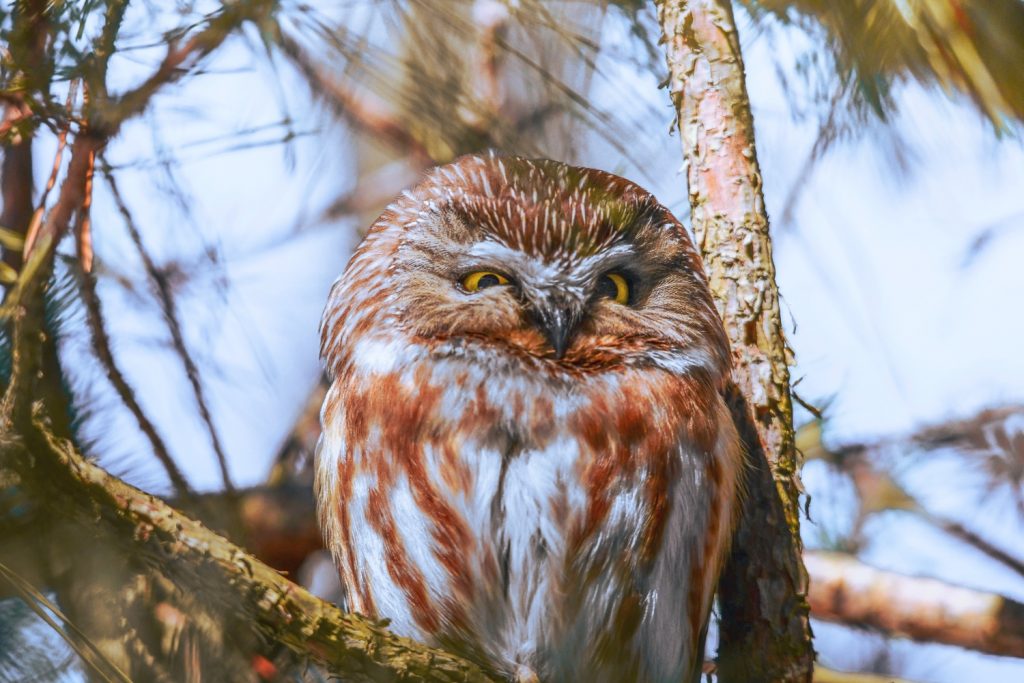
Western screech owls
Unlike their eastern cousins, western screech owls may leave their mates to find new ones. While these owls tend to mate for life, both males and females have been known to find new partners.
Western screech owls are tough little birds, taking on prey much larger than themselves, including rabbits and ducks. Pairs nest in tree hollows or cactus holes, where they raise clutches of 2 to 5. Fledglings are ready to leave the nest in 5 or 6 weeks. Western screech owls raise their young when other birds are migrating. That way, once the migrating parents leave, the owls can prey on their unprotected fledglings to feed their families.
Whiskered screech owls
Living at high altitudes in the southernmost portions of Arizona and New Mexico, whiskered screech owls are especially hard to observe. These are elusive birds, measuring roughly 6 to 8 inches in length, with brown or dark gray plumage that allows them to blend in with their surroundings. Whiskered screech owls mate serially. They’ll stay with one mate for at least one breeding season, after which they may split off to find a new one for the next breeding season.
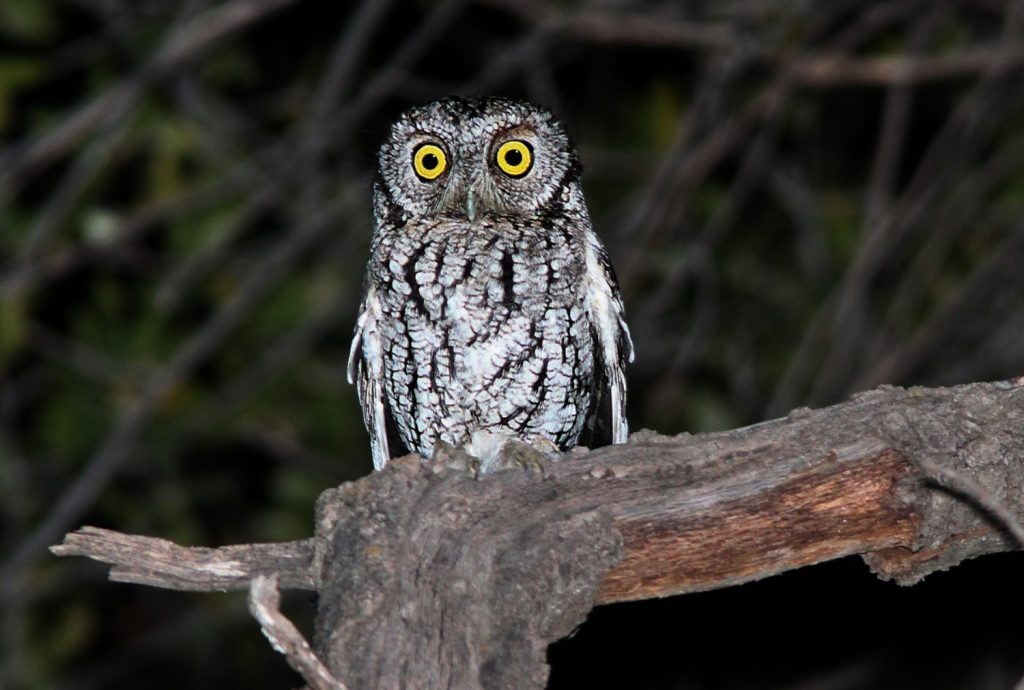
Do mated owl pairs spend all of their time together?
Even if owls do mate for life, that doesn’t mean they spend all of their time together. “Absence makes the heart grow fonder”, as they say, and owls seem to know that. Mated pairs leave each others’ company during the off-season, hunting independently and mostly providing for themselves.
When the breeding season starts back up, most mated pairs engage in light courtship to reestablish their relationship and strengthen their bond. Male owls attract their mates with loud calls, and sometimes females call back. Mated pairs express their affection for one another by grooming, leaning on, or rubbing their heads against each other.
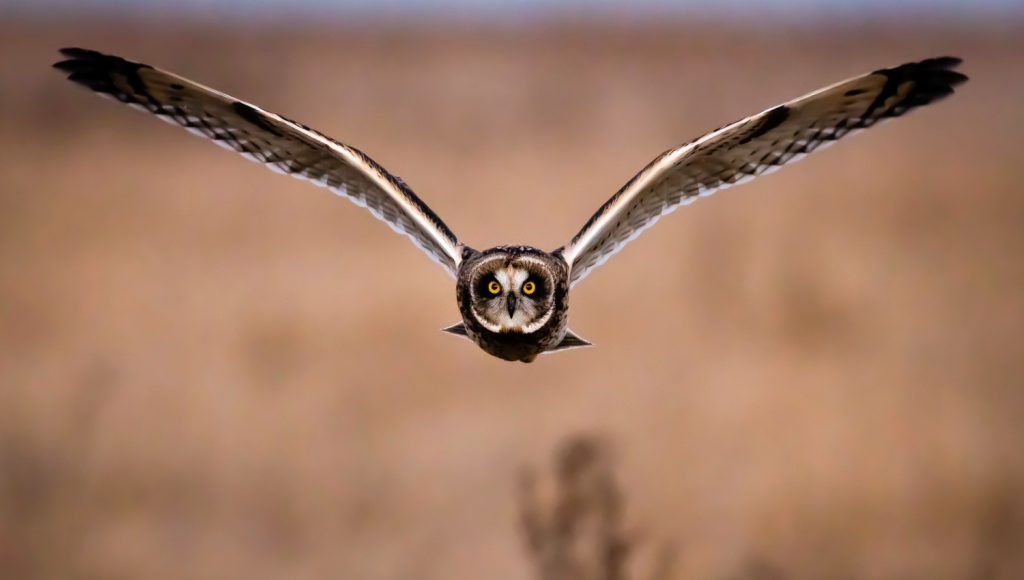
How can you attract more owls to your backyard?
Whether they mate for life or not, most owls reuse their nests year after year. If you want your local owls to pay you a visit, consider installing an owl box to attract their attention. Owls are always on the lookout for empty nesting sites, so giving them shelter is the perfect way to invite them to your property. Install your nesting box in the fall (preferably along a treeline) to give local owls plenty of time to locate it before they lay their eggs.
Most owls mate for life. But regardless of whether or not the owls in your neighborhood stick together for the long haul, they will almost assuredly return to your property regularly. This is fantastic news for backyard birdwatchers who want to see these magnificent predators in action.
